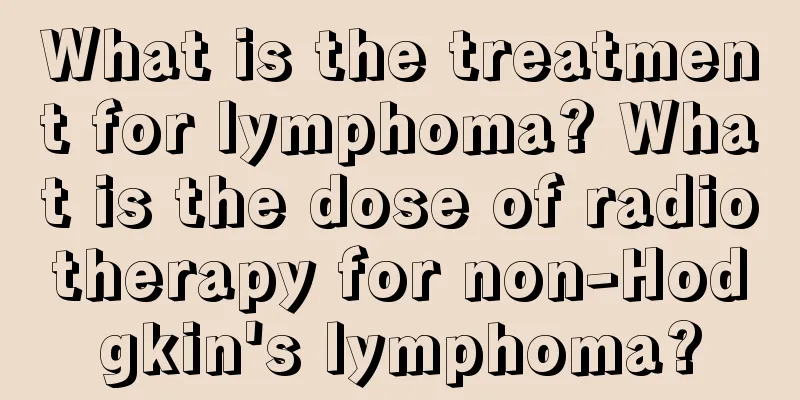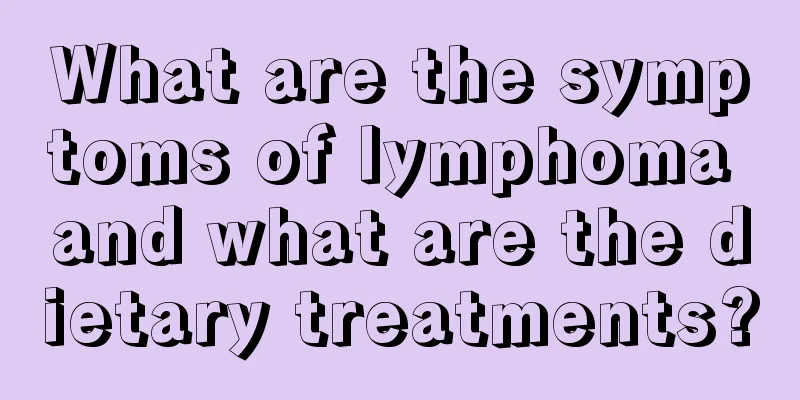What is the best treatment for hamartoma

|
Everyone is familiar with the term hamartoma. Its incidence is getting higher and higher, which is very harmful to our body and seriously affects our life. The treatment of hamartoma has become a concern for everyone. Let me introduce to you the best treatment for hamartoma: Hamartoma is a substantial space-occupying lesion, a type of lipoma, composed of thick-walled blood vessels, smooth muscle and mature adipose tissue, and can occur singly or multiple times. Usually, B-ultrasound and CT examinations have a high positioning and qualitative diagnosis rate for hamartoma. Although hamartoma is benign, it also needs surgical resection. Only the pathological diagnosis after surgery is accurate. Although it does not metastasize in the near future, it may turn into cancer and is constantly destroying normal organ tissues. Having an extra abnormal thing in the body is also a psychological burden, so surgery is necessary. Renal hamartoma, also known as renal angiomyolipoma, is a benign tumor composed of abnormally proliferating blood vessels, smooth muscles and adipose tissue in different proportions. The disease can occur not only in the kidneys, but also in the brain, eyes, heart, lungs, bones and other parts. The disease is very harmful to the patient's body, so it needs to be treated as soon as possible after diagnosis. What should I do if I have a hamartoma? 1. Observation: Oesterling believed that tumors <4 cm can be left untreated, but close follow-up is required. Johns Hopkins reported a group of 35 cases, some of which did not continue to grow for many years. Steiner advocated that patients <4 cm should be followed up once a year even if they are asymptomatic; patients >4 cm should be followed up once every six months if they are asymptomatic or have mild symptoms. 2. Embolization: Arterial embolization should first be considered in cases of bleeding. According to experience, the volume of the tumor does not decrease after embolization, but the bleeding can be stopped. Superselective renal artery branch embolization is often used to protect some renal function. 3. Nephron-sparing surgery: Tumors <5cm can be enucleated, especially those at the edge of the kidney. However, some tumors have unclear capsules, irregular shapes, and unclear interfaces, making enucleation unsafe. In this case, partial nephrectomy can be performed. 4. Surgical treatment: The procedure of preserving renal tissue, which we call partial nephrectomy, can not only completely remove the tumor, but also preserve renal tissue and protect renal function to the maximum extent. It has a very good long-term effect and is very meaningful for the treatment of renal hamartoma (including cases of partial rupture and bleeding). Partial nephrectomy is divided into open surgery and laparoscopic surgery. According to the current medical level, laparoscopic surgery is recommended as the first choice. It not only has less trauma and completely removes the tumor, but also can retain pathology to confirm the nature of the tumor. In recent years, laparoscopic surgery has gradually become the preferred method for the treatment of renal hamartoma with its unique advantages such as less trauma, fast wound healing, short hospitalization time, less bleeding and beautiful incision. 5. Kidney transplantation or hemodialysis: Only applicable to patients who must undergo bilateral nephrectomy due to bilateral lesions leading to renal failure or tumor rupture and bleeding. 6. Interventional embolization: Generally speaking, interventional embolization is simple and safe, but some scholars believe that this treatment is not thorough and cannot guarantee complete blockage of the blood supply to the hamartoma, so there is a possibility of secondary embolization or conversion to surgical treatment. However, it is a good first aid method for ruptured bleeding. Unilateral renal angiolipoma is a benign lesion with a good prognosis. For patients with bilateral or multiple lesions and renal insufficiency, their quality of life will still be affected despite conservative treatment. For a few cases where multiple organs are invaded, such as lymph nodes, brain, heart, or even tumor thrombi invade blood vessels, the prognosis depends on the condition of the invaded organs. |
<<: What is the TCM treatment method for hamartoma
>>: What method is suitable for treating hamartoma
Recommend
What are the treatments for teratoma?
I don't know if you have heard of ovarian ter...
Sexual intercourse can cause lumbar muscle strain. Be careful if you have too much sex
Too frequent sexual intercourse can also cause ph...
Does cheese make you fat?
Many people like to eat sweets, especially women,...
What is the reason for acne on both sides of the cheeks
Acne on the cheeks has a certain impact on the he...
How long does sperm usually survive in the vagina?
Women, including men, who want to get pregnant as...
How to clean oil stains on clothes
It is very common to get various oil stains on cl...
How to preserve the soaked bird's nest
The nourishing effect of bird's nest is very ...
To treat prostatitis, try these methods
The prostate is a gland unique to men, shaped lik...
What to check for gastric cancer
What should be checked for gastric cancer? 1. If ...
How harmful is tongue cancer?
How harmful is tongue cancer? The early symptoms ...
What are the effects of ghost crystal?
Jewelry made of crystal, agate, diamond and other...
Can toad cure cervical cancer
Cervical cancer has become the biggest enemy thre...
What to do if your lips are not good-looking
Lip shape is a very important organ on our face. ...
How long can a patient with advanced brain cancer live in coma
Intracranial tumors, also known as brain tumors, ...
What are the foods that cause internal heat?
The phenomenon of getting angry is very common in...









